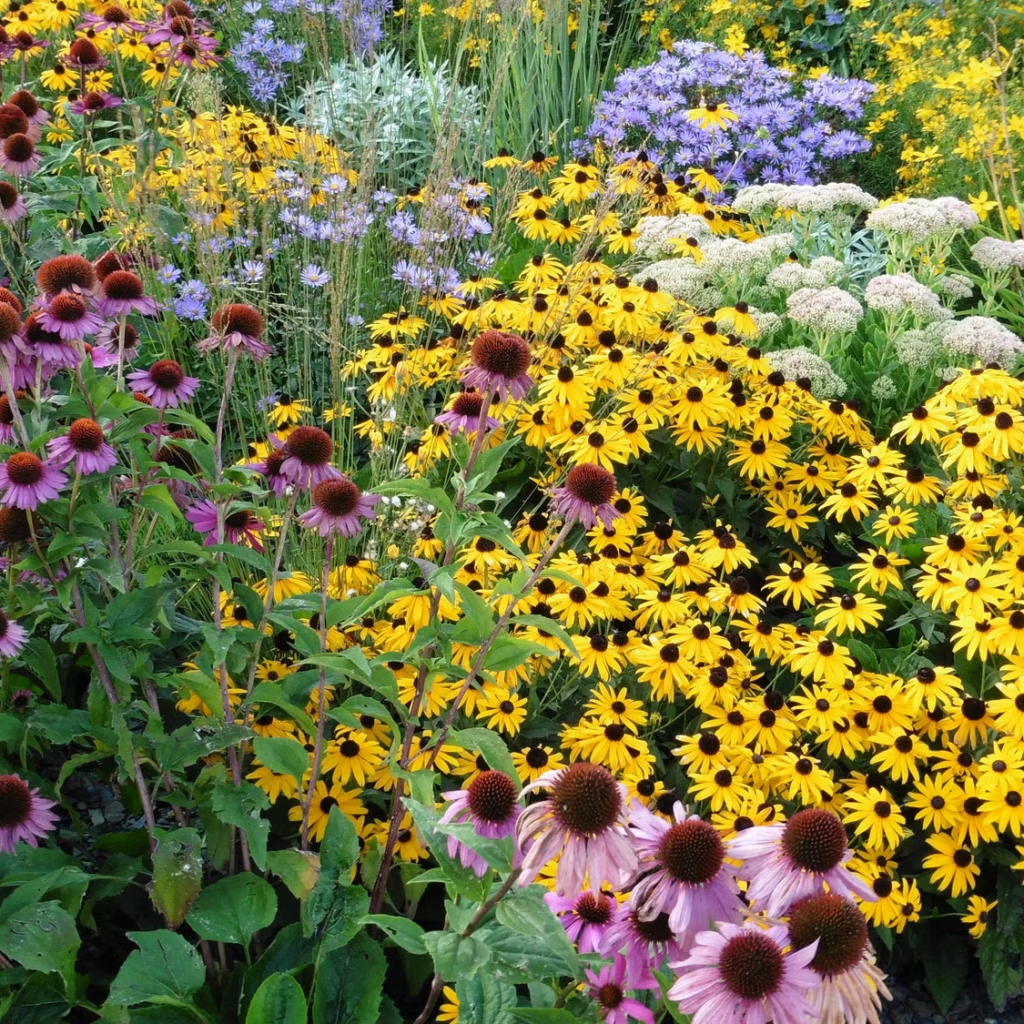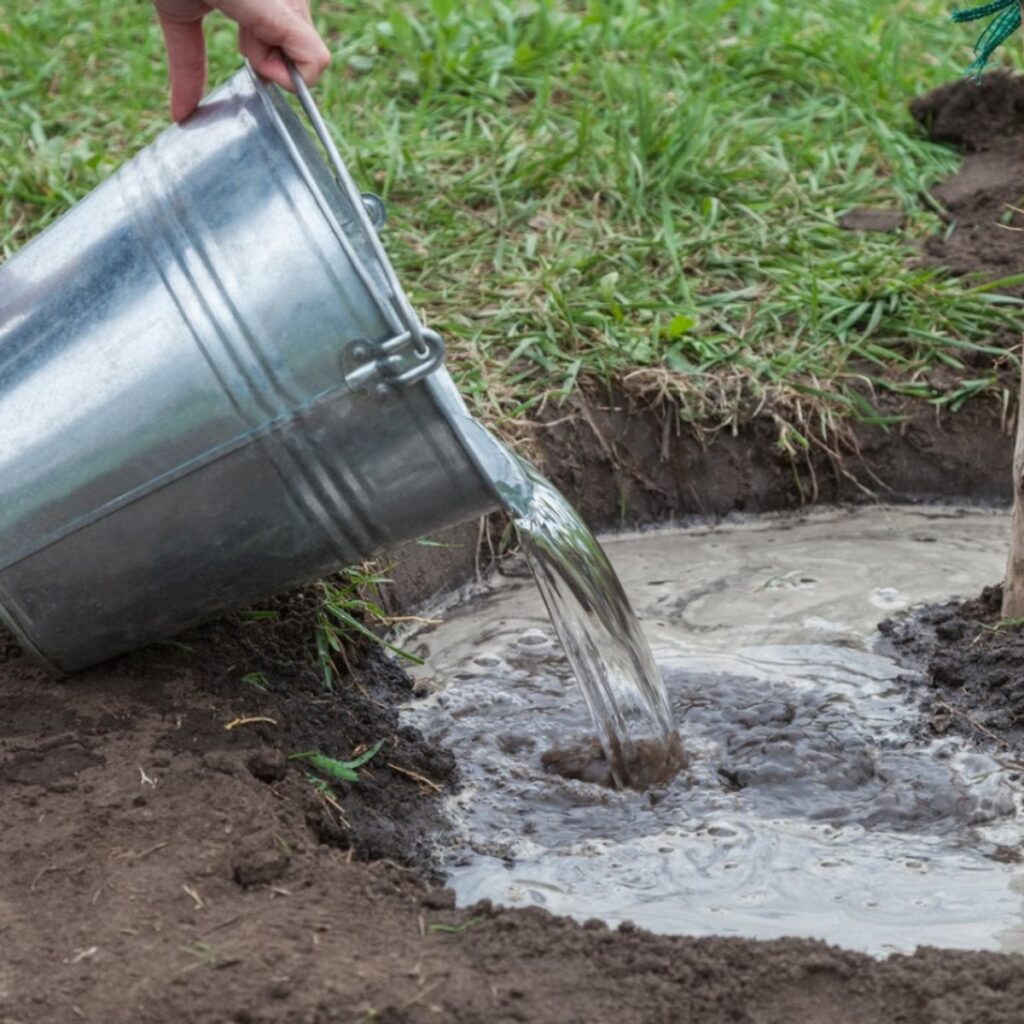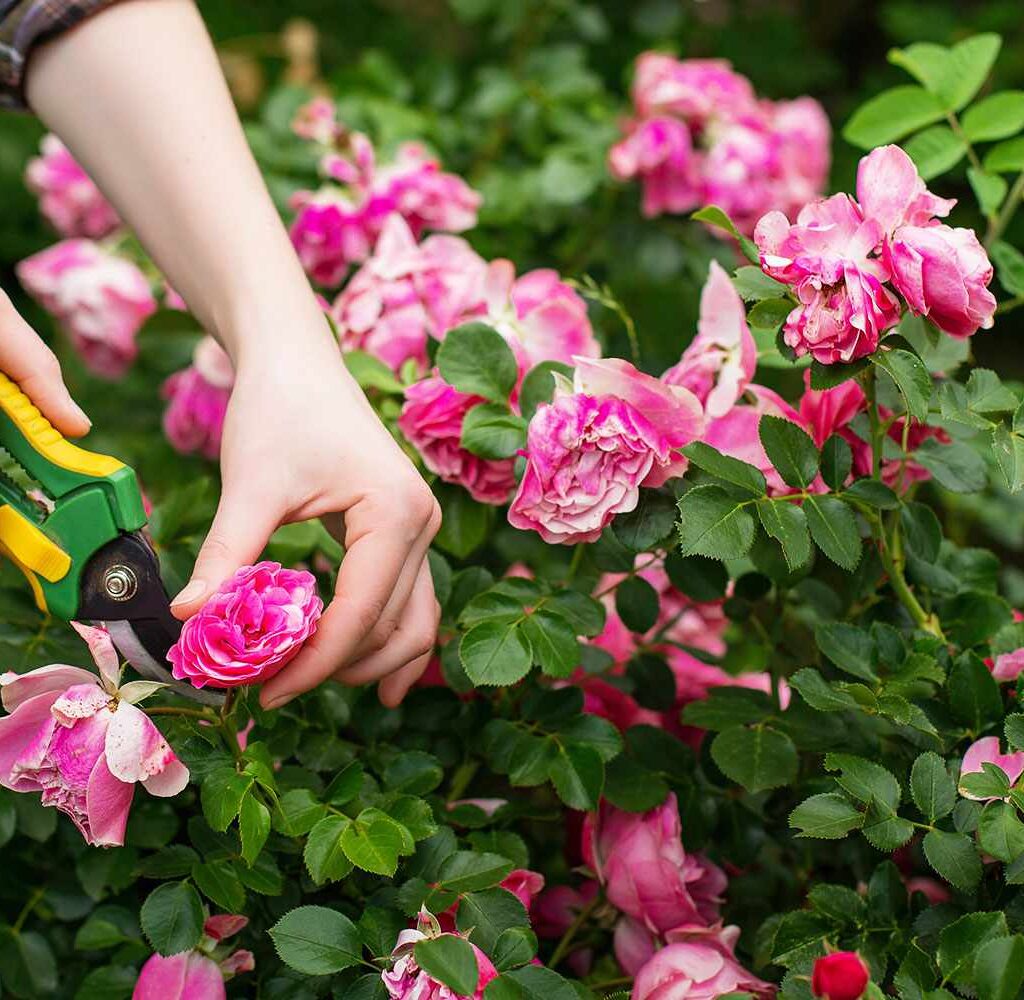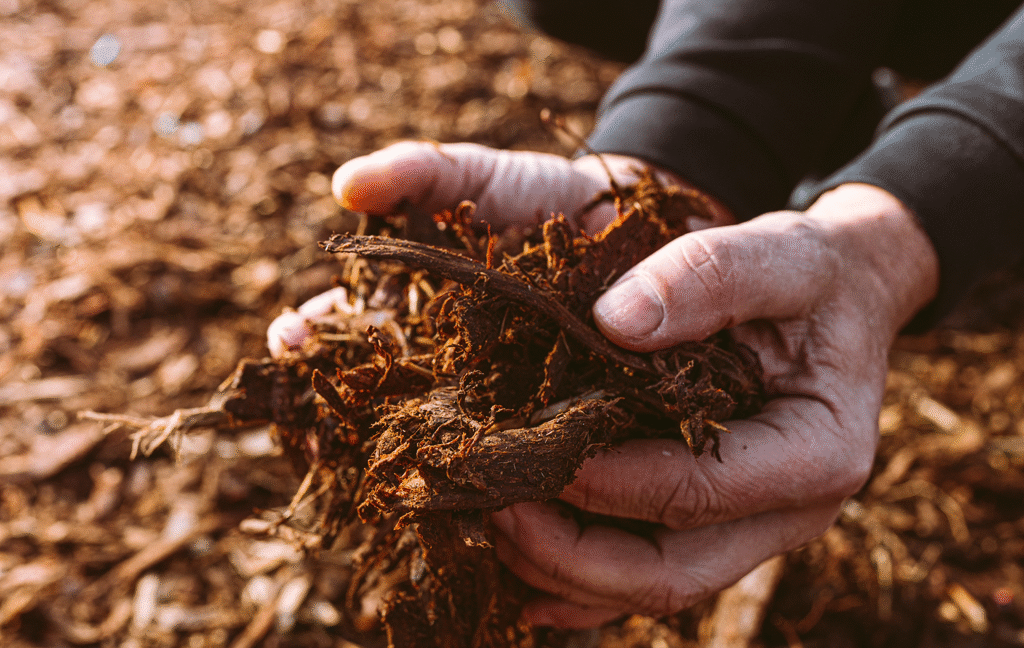Unlock the Secrets to a Long-Lasting, Low-Maintenance Garden
Perennials are the backbone of a vibrant and sustainable garden. Unlike annuals that complete their life cycle in one season, perennials come back year after year, offering long-lasting beauty, structure, and seasonal interest. With the right care, some perennial plants can thrive for decades, becoming more magnificent over time. Whether you’re planting for color, pollinators, or minimal upkeep, growing enduring perennials requires a thoughtful approach to soil, placement, maintenance, and climate. Here are 7 essential tips to ensure your perennials stand the test of time and keep your garden glowing for years to come.
1. Choose the Right Perennials for Your Zone

One of the most important steps in growing long-lasting perennials is selecting varieties suited to your USDA hardiness zone or local climate conditions. Not all perennials are created equal—some thrive in heat, others prefer cooler temperatures. By choosing plants that are naturally adapted to your area, you reduce the need for extra care, winter protection, and disease management. Look for native species and region-specific cultivars, such as echinacea, daylilies, hostas, or black-eyed Susans. These plants often establish deeper roots and offer better drought resistance, pest tolerance, and longevity.
2. Plant in the Right Spot: Sunlight and Soil Matter

The longevity of perennials depends heavily on where you plant them. Most flowering perennials need at least 6 hours of full sun, while others like ferns, astilbes, and hostas prefer shade. Check each plant’s sunlight needs before planting. Additionally, perennials thrive in well-drained, nutrient-rich soil. Avoid low spots where water collects, as standing water can lead to root rot. Conduct a simple soil test to determine pH and nutrient levels, then amend the soil with compost, organic matter, or sand as needed to promote root health and proper drainage.
3. Water Deeply and Infrequently for Strong Roots

For perennials to thrive for decades, they must develop deep and strong root systems. Frequent, shallow watering encourages weak roots that remain near the surface, making the plants more vulnerable to drought and heat. Instead, water your perennials deeply and less often, allowing moisture to penetrate several inches into the soil. This practice trains roots to grow downward in search of water, building resilience. Most established perennials only need water once a week, unless experiencing extreme heat or drought. Mulching around the base also helps retain moisture and prevent soil erosion.
4. Practice Regular Pruning and Deadheading

Perennials that are regularly pruned and deadheaded tend to be healthier and longer-lived. Removing spent blooms (deadheading) encourages many flowering plants to produce more blooms throughout the season instead of going to seed. Pruning also prevents overcrowding, improves air circulation, and stimulates new growth. For example, salvia, coneflowers, and yarrow benefit greatly from mid-season trimming. At the end of the growing season, cut back stems to a few inches above the ground (unless overwintering pollinators are using them), which helps the plant conserve energy and return strong in spring.
5. Divide Perennials Every Few Years

Many perennials benefit from division every 3 to 5 years to prevent overcrowding and rejuvenate growth. Plants like daylilies, irises, and ornamental grasses can become congested, leading to smaller blooms and stunted growth over time. Dividing these perennials in early spring or fall gives them space to breathe and encourages fresh growth. Use a sharp spade to split the root clumps into smaller sections, then replant them in new spots or share with fellow gardeners. Division also helps manage plant size and ensures each plant continues to thrive for years to come.
6. Monitor for Pests and Diseases Early

Long-lived perennials are only as healthy as the environment around them. Keeping an eye out for early signs of pests and diseases can help you intervene before they cause lasting damage. Aphids, spider mites, powdery mildew, and rust are common issues that can reduce bloom performance and weaken plants over time. Inspect foliage regularly, especially during warm and humid weather. Treat infestations using natural remedies like neem oil or insecticidal soap. Choosing disease-resistant cultivars and maintaining plant spacing for airflow can prevent many problems before they start.
7. Feed with Organic Compost and Mulch Annually

Over time, garden soil can become depleted of essential nutrients. To keep perennials strong and blooming for decades, it’s important to replenish the soil annually with organic compost or slow-release fertilizers. A generous layer of mulch not only feeds the soil but also helps regulate temperature, retain moisture, and suppress weeds. In fall or early spring, top-dress the base of your perennials with compost or aged manure to promote healthy root development and flowering. Avoid synthetic fertilizers that can lead to weak, fast growth and short-lived plants.
Final Thoughts
Perennials are a gardener’s long-term investment, offering beauty and structure year after year. But to enjoy their full potential, you need to think beyond planting and into sustainable care practices. By choosing climate-appropriate varieties, providing the right conditions, and investing in seasonal upkeep like pruning and division, your perennial garden can thrive for decades—requiring less effort while delivering more reward as the years go by.
Start with these 7 expert-backed tips and watch your perennials become timeless stars in your radiant garden!





